Q1: Name an artificial source of light.
Ans: Electric bulbs.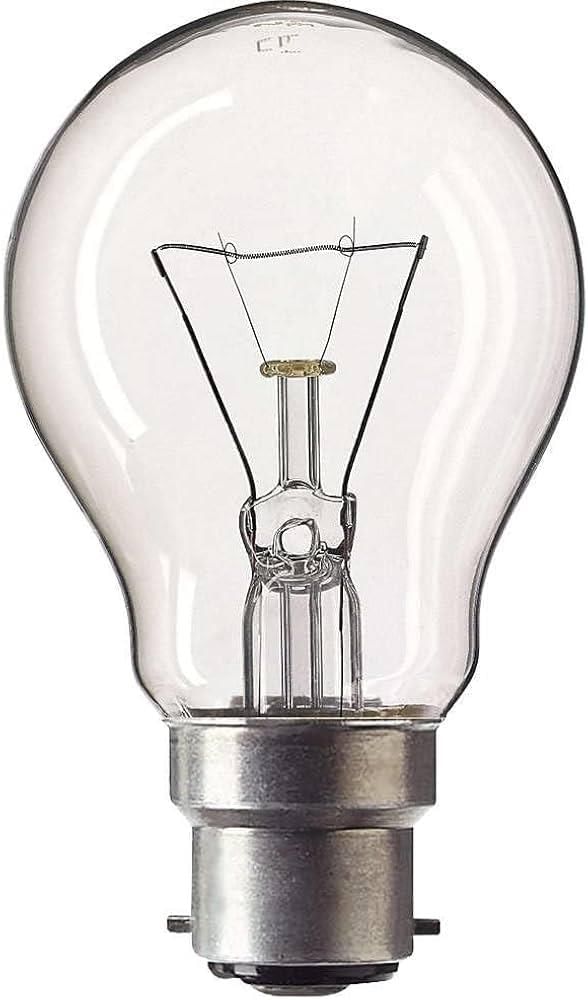
Q2: What do fireflies use to communicate?
Ans: Fireflies use light to communicate.
Q3: What is a luminous object?
Ans: An object that emits its light.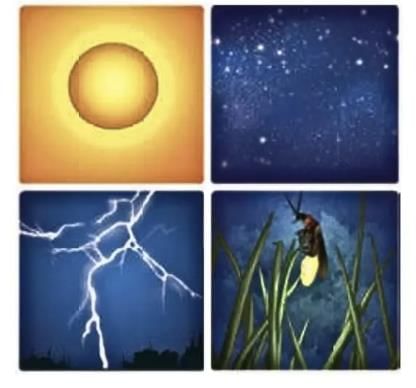
Q4: Does the Moon produce its light?
Ans: No, the Moon reflects sunlight.
Q5: How does light travel under normal conditions?
Ans: Light travels in a straight line.
Q6: Name a natural source of light.
Ans: The Sun.
Q7: Give an example of a non-luminous object.
Ans: The Moon.
Q8: Why are LED lamps promoted by the Indian government?
Ans: Because they are energy-efficient, brighter, and environmentally friendly.
Q9: What device uses two mirrors to see objects that are not directly visible?
Ans: A periscope.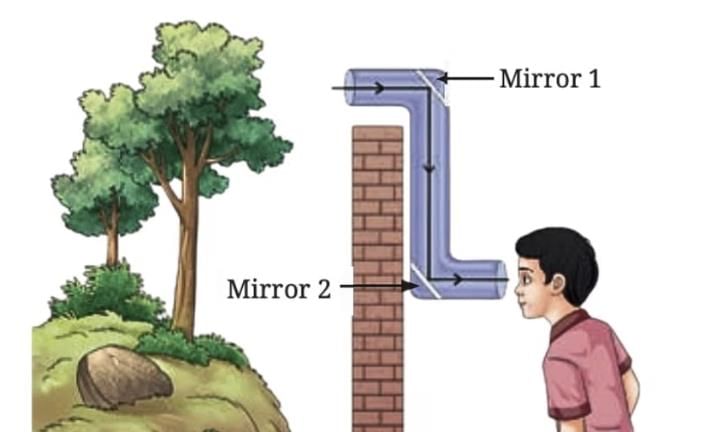
Q10: What is the reflection of light?
Ans: When light bounces off a surface and changes direction.
Q11: What happens when light passes through aligned holes in a straight line?
Ans: It creates a bright spot on a screen.
Q12: What is a transparent material?
Ans: A material that lets light pass through almost completely, like glass.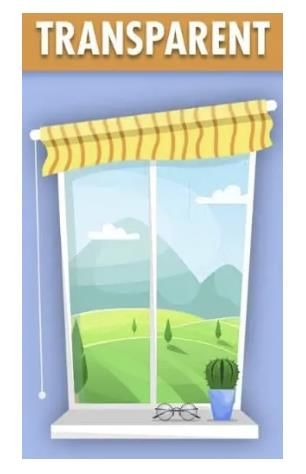
Q13: What kind of material allows only some light to pass through?
Ans: Translucent material.
Q14: What is formed when an object blocks light?
Ans: A shadow.
Q15: What kind of shadow does an opaque object create?
Ans: A dark and well-defined shadow.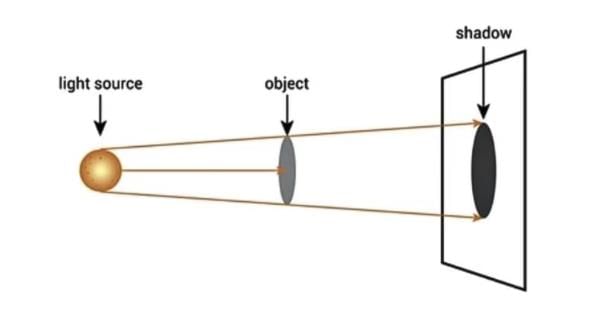
Q16: How does a pinhole camera form an image?
Ans: Light passes through a tiny hole and forms an upside-down image on a screen.
Q17: What type of image does a plane mirror form?
Ans: A virtual, upright, same-size, laterally inverted image.
Q18: What is lateral inversion in a mirror image?
Ans: The left side appears as the right side and vice versa.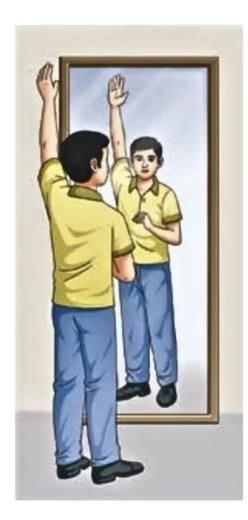
Q19: What causes light pollution?
Ans: Excess artificial light from cities and towns.
Q20: What type of shadow do translucent objects create?
Ans: Lighter and less distinct shadows.

















